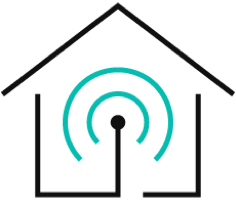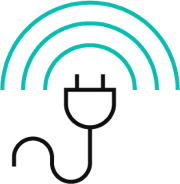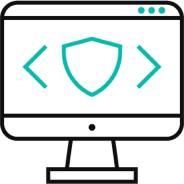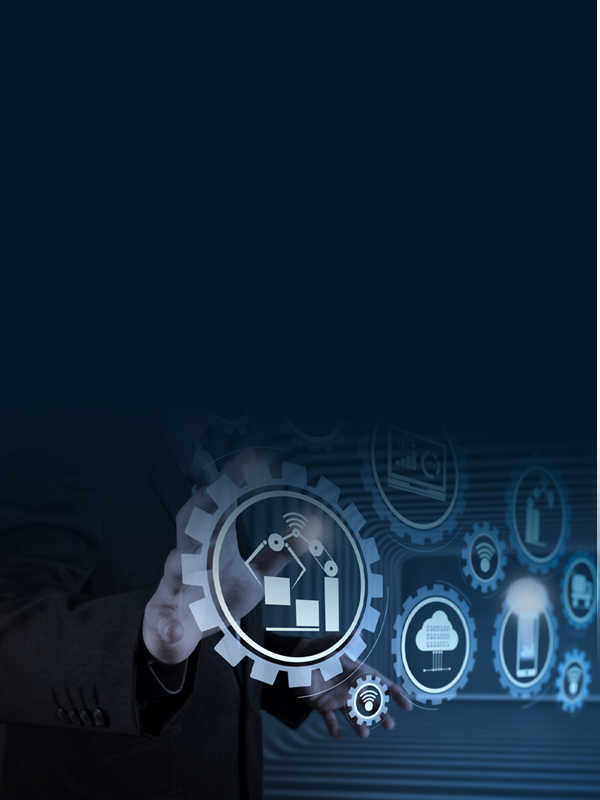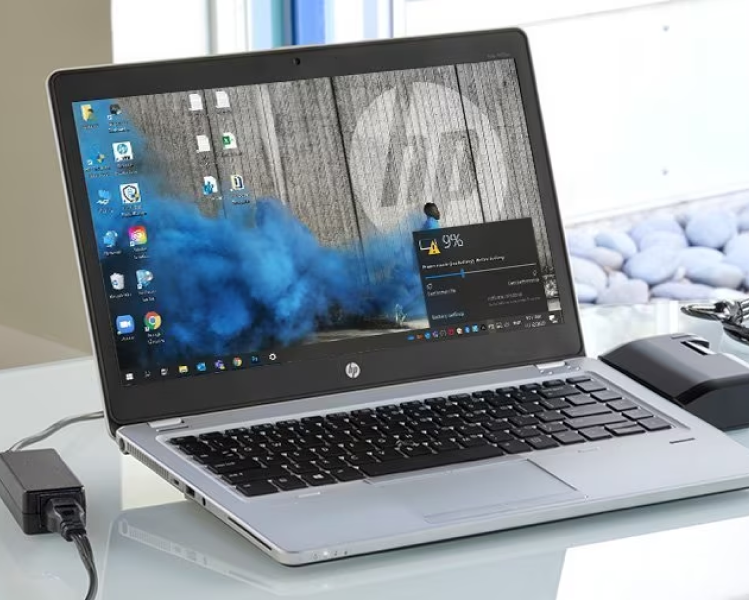Internet of Things (IoT) refers to the everyday physical devices that are collecting data and sharing them over the internet without the need for human-to-human or human-to-computer interaction. When it comes to IoT, people usually think of a “smart home”, where typical household items such as smart light switches, thermostats, locks, etc., are connected to the Internet and users can control them anywhere from their phones.
IoT, however, can be applied to industries as well. This concept is called Industrial Internet of Things (IIoT). IIoT can help industrial organizations utilize the data obtained from IoT devices to improve their business processes, cost savings, customer service experience, productivity, etc. Below are 5 cases of how industries are using IoT for their businesses
- Carnival Corp’s OceanMedallion
- Schwering & Hasse’s Quality Manufacturing
- Samsung and Hipaax’s TaskWatch Solution
- Caterpillar’s Asset Intelligence Platform
- Bosch’s Nexeed Track and Trace
Carnival Corp’s OceanMedallion
Carnival Corp introduced the MedallionClass service to maximize the customer experience in their cruise ships. This service gives guests an ‘OceanMedallion’ wearable device that lets them unlock staterooms, pay for food and drinks, enjoy various activities, find friends and family on the ship, etc.
Carnival’s IoT network consists of roughly 7000 sensors and 4000 interactive portals collecting millions of data to maximize their guests’ experience. With this service, guests can enjoy friction-free customer experience, highly personalized service, 90% reduction in boarding time, etc.
>> Guides of industrial lighting and industrial IoT Solutions
Schwering & Hasse’s Quality Manufacturing
Schwering & Hasse, a key player in the global magnet wire market, is utilizing IIoT to monitor and control the quality of daily production of 14000 kilometers of high-grade copper wire. With 400 production lines, 20 different types of sensors, and 20000 fully automated delivery pallet slots, 50000 of production data per second is monitored and analyzed for quality assurance down to an inch.
Addition to manufacturing, Schwering & Hasse also offers IoT services in the supply chain such as warehousing and delivery. With predictive demand analytics and onsite stock control, customers can reduce the delivery process cost by 40%.
Samsung and Hipaax’s TaskWatch Solution
Cincinnati/Northern Kentucky International Airport (CVG) is using TaskWatch Solution to optimize facilities management. Counting sensors are installed in restrooms and wearable devices are given to cleaning staff to help keep the airport’s restrooms clean. When restrooms reach 150 people, the cleaning staff will be notified through the wearable devices.
The data obtained from these sensors and smartwatches have given CVG real-time insight into the restroom’s usage. With this insight, CVG can better manage the staff level for peak restroom usage times, determine the average time for cleaning the restrooms, etc. The result was an improvement in cleanliness and cleaning response times.
Caterpillar’s Asset Intelligence Platform
CAT’s asset intelligence platform optimizes ships’ operational and maintenance costs. With shipboard sensors, CAT can collect data from engines, GPS, air conditioning, generators, etc. All this data allowed CAT to discover operating and maintenance improvement opportunities.
In one case, CAT found out that maxing out a few generators was less efficient than running more generators at lower power. By switching to a new approach, over half a million dollars for a fleet of 50 ships can be saved in a year. In another case, CAT was able to use the data to optimize the cleaning schedule of the ships. The optimized schedule was 4 times the previous cost but can save up to $400,000 per ship.
Bosch’s Nexeed Track and Trace
The Nexeed Track and Trace solution from Bosch offers customers a holistic solution in logistics. With various IoT devices, logistician can track the status of the packages in real-time to optimize planning, avoid bottlenecks, reducing the search and material management efforts, etc. (Status such as current location, temperature, vibration, humidity, etc.)
Panalpina, a provider of forwarding and logistics services, utilized this solution to solve the challenge of securing expensive and time-critical airfreight processes. The solution offers Panalpina real-time tracking of multimodal transports. This resulted in a reduction in reaction times from 6 hours to 3 minutes, a 20-50 % reduction in manual search efforts, and improved logistics processes
Citations
- “Carnival Looks To Keep Passengers Happier At Sea With Iot”. PCMAG, 2019, https://www.pcmag.com/article/370608/carnival-looks-to-keep-passengers-happier-at-sea-with-iot
- Sigg, Dr., “Germany Turns Manufacturing Into An Iot Art Form”. Rtinsights, 2019, https://www.rtinsights.com/germany-turns-manufacturing-into-an-iot-art-form/.
- “Samsung And Hipaax Accelerate Wearables In The Workplace With Hands-Free Iot-Enabled Business Solutions – Samsung US Newsroom”. Samsung US Newsroom, 2019, https://news.samsung.com/us/samsung-hipaax-accelerate-wearables-in-workplace-with-hands-free-iot-enabled-business-solutions/.
- “Iot And Big Data At Caterpillar: How Predictive Maintenance Saves Millions Of Dollars”. Forbes.Com, 2019, https://www.forbes.com/sites/bernardmarr/2017/02/07/iot-and-big-data-at-caterpillar-how-predictive-maintenance-saves-millions-of-dollars/#3bc24af77240.
- Global, B. (2019). When Freight Writes Its Own Log. [online] Bosch Global. Available at: https://www.bosch.com/stories/nexeed-track-and-trace/

